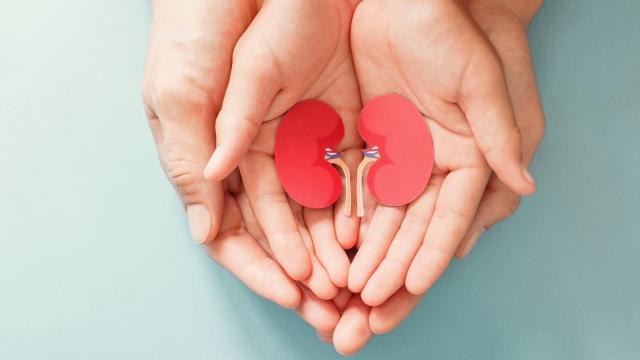Just about a million organ transplants have now been performed in the United States. The milestone was reached Friday, according to the United Network for Organ Sharing (UNOS), the nonprofit facilitator of these life-saving operations in the U.S. It’s been nearly 70 years since the first donated whole organ was successfully transplanted into a human.
For centuries, doctors had tried and failed to transplant tissues or organs from one person, or even an animal, to another. In 1905, the first successful transplant of a full human cornea was performed by Austrian ophthalmologist Eduard Zirm. But it would take until the 1930s for others to follow, and it wasn’t until 1954 that the first successful human transplantation of an entire solid organ — a kidney — was performed in Boston, Massachusetts, though the feat required the donor to be an identical twin to avoid the risk of the body rejecting the new organ. Less than a decade later, the discovery of anti-rejection drugs finally made it possible for organ transplantation to become regularly practiced.
“Obviously, a million is a big number, but what’s really important is all of the individual people who have been restored to health, to their families and their communities, and all the lives that have been saved through transplants in the United States — all the good work that those folks have been able to go on and do and all the moments they have been able to share with those they care about,” said UNOS CEO Brian Shepard in a video commemorating the milestone.
Over the decades, less toxic drugs, more precise surgical techniques, and other medical advances have made organ transplants a safer and more widely viable procedure. This year, for instance, doctors reported that they were able to repair and transplant a normally unusable liver three days after it was removed from the donor’s body (typically, a donated liver can only remain outside the body for up to 12 hours). There have also been newer types of transplants in recent years, such as those of the uterus, hands, and even a full face.
Perhaps the most important figure is that the pace of transplants has been increasing over time. According to the UNOS, more than 41,000 transplants were performed in the U.S. in 2021, the largest annual number yet. And over a half-million transplants happened just in the last 15 years. Transplants have also become more equitable, thanks in part to newer policies that have broadened access to recipients on the waiting list.
Unfortunately, the demand for donated organs continues to far outstrip the available supply. Around 100,000 Americans are in need of transplants, according to the UNOS, yet only around 24,000 transplants from 12,000 donors have been performed through the first half of 2022. There are several promising lines of research that may someday alleviate this scarcity, such as genetically modified pigs with human-compatible organs. But for the foreseeable future, transplantation will entirely rely on the grace and charity of people willing to donate their organs after they pass away, or more rarely, to donate certain tissues and organs, such as a kidney or part of their liver, while living.
People who want to become an organ, eye, or tissue donor can sign up through the National Donate Life Registry here. And those curious about the impact of these first million transplants can view personal stories from donors and recipients through the Living It Forward initiative set up by the UNOS to celebrate the accomplishment.
